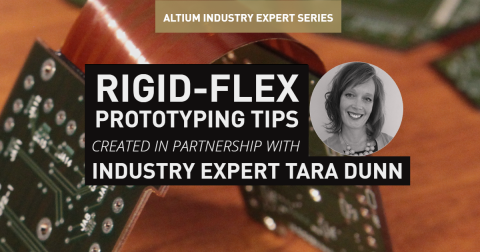Autonomous Device for the Preventive Measurement of Soil Condition
My name is Piotr Lazarek. I’m a second-grade student of the secondary school “Filomata” in Gliwice. For over 5 years, I have been interested in physics, informatics, and technology. One year ago, when I was thinking about the focus of my project, I considered the idea of building a Mars rover. After further thought, I realized that there are dozens of competitions around the world in which hundreds of such vehicles have already been presented. I asked myself, would creating another Mars rover change anything? Could my solution be more competitive, more innovative or better in any way? The answer was obvious - not likely.
I understood that most scientists love looking at the stars - they work hard to do research which could expand our horizons and help humanity to aim higher. But, what about our own backyard? Why don’t we use the technological potential present within space exploration and adapt Mars rovers into machines with practical applications right here on our planet?
During a chemistry class, I heard a story about some farmland which suffered from a high concentration of aluminum ions in the soil. I wondered if there might be a way to automate the detection of this problem before it could cause damage crops. Acting on my curiosity I did some research, and to my surprise, I discovered that no such technology existed.
Presentation of my project at the “Poland 2.0 Summit” conference at Imperial College of London
Currently, a farmer collects soil samples manually and then sends them to laboratories to get highly accurate results. Unfortunately, this process is expensive and time-consuming. The waiting time is typically about two months.
Personally, I do not think we need a high degree of measurement accuracy for prevention. The average farmer only needs general information about the level of soil acidity. He doesn’t need to know the concentration in moles per cubic decimeter. The only thing he needs is quick feedback about whether the results are within acceptable tolerances. This is why I came to the conclusion that the available solutions aren’t suitable for the preventive measurements of soil condition.
Sensing an opportunity, I designed and created such a device myself, a vehicle that takes preventive measurements of soil conditions automatically. The project was in development for more than a year, and the end result is a working prototype:
My prototype consists of several co-working systems: a pneumatic and hydrostatic system, a system of sample collection, a chemical analysis system, and a cleaning mechanism for the soil containers. The vehicle uses more than 25 components such as a compressor, pneumatic cylinders, electric valves, engines and eight sensors. My vehicle uses a replaceable ion-selective electrode system to measure the concentration of specific ions in the soil. The prototype also uses a humidity sensor to generate irrigation maps of the farmland in question. Furthermore, thanks to its GPS system, a magnetometer and a series of simple trigonometric functions, my device becomes fully automated once it receives the coordinates of the measured points. I also created an intuitive mobile app which lets users define the vehicle’s path themselves.
Until now, taking preventive measurements of soil condition was a time-consuming and expensive task, which led to most farmers opting out of such data collection. My prototype significantly decreases the time and financial restrictions involved. Anyone can use it because of its ease of use and autonomous nature. I believe my innovation could become a widely used tool, making preventive measurements of soil conditions commonplace.
Meeting famous scientist Bertrand Piccard and talking about environmental protection
I presented my project at the “Explory” competition (the most prestigious competition for research projects made by young scientists in Poland) where it won many awards, such as:
- First place prize of the “Explory 2018” competition
- Second place prize of the European Union Contest for Young Scientists
- Title of the “Innovator of Tomorrow” (the opportunity to present my project at the “Poland 2.0 Summit” conference at Imperial College of London)
- Accreditation for the “INTEL ISEF” competition (the most prestigious competition for research projects made by young scientists in the world which takes place in the USA)
- Special award of the Israeli ambassador (ticket for a study trip to the Weizmann Institute of Science)









